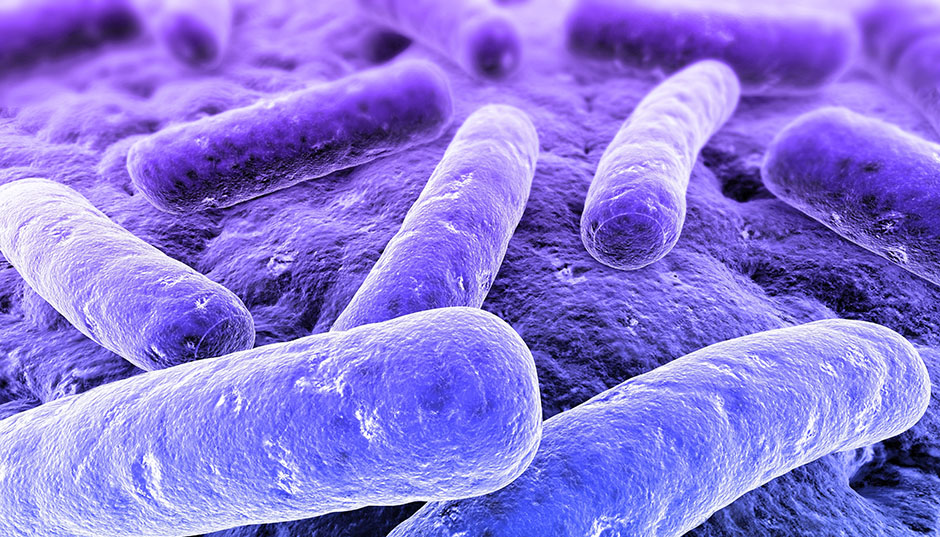Bacteria have an extraordinary capacity for adapting to antibiotics. In fact, they need only come in contact with the same antibiotic five or six times to develop a resistant strain. This can be explained in part by the fact that many of our commonly-used antibiotics are derived from the same key molecule, penicillin. The issue of resistant bacteria was far from the minds of Daniel Lafontaine and his team from the RNA Biology Research Centre of the Université de Sherbrooke, before they more-or-less accidentally discovered a new class of antibiotics.
Following several epidemics of nosocomial infections in Québec hospitals between 2003 and 2005, student Jérôme Mulhbacher saw a possible link between his molecular biology research and this public health issue. After several discussions with his student, Daniel Lafontaine set up a multidisciplinary research team to work on developing a new class of antibiotics.
"Even after exposing 30 generations of bacteria to the PC1 molecule, we have not detected any resistance", reports Daniel Lafontaine.
The new antibiotics are based on a synthetic molecule, PC1, which binds to certain regulatory elements that modulate gene expression in bacteria, known as riboswitches. Once PC1 has bound to the riboswitches, the bacteria can no longer multiply and eventually die. The innovative aspect of this class of antibiotics is that it targets a phase prior to the expression of bacterial proteins, while penicillin disrupts the interactions between certain of these proteins. Specific conditions are necessary for the activation of PC1; in particular, the guaA gene must be under the control of the riboswitch. As this is not the case for all bacteria, the new antibiotic will only target selected bacteria, giving it a distinct advantage over traditional broad-spectrum antibiotics. The bacteria affected include Clostridium difficile and Staphylococcus aureus, the main bacteria that have been wreaking havoc in our hospitals.
Preliminary testing in vitro on bacteria and in vivo on mice has been very encouraging. "Even after exposing 30 generations of bacteria to the PC1 molecule, we have not detected any resistance", reports Daniel Lafontaine. The results were published in the prestigious medical journal PLOS Pathogens in 2010, and are generating widespread interest among the scientific community and the general public. The work of Daniel Lafontaine's team was one of Québec Science's "10 discoveries of the year" in 2010.
It will be at least ten years before the new antibiotic is available for use. The next step will be to perfect the PC1 molecule, to render it soluble and more active. Then partnerships with the private sector will be required, to establish a protocol for clinical trials. Given the potential benefits, it is certain that every effort will be made to facilitate the development of a safe, effective antibiotic. Several years from now, the names of Daniel Lafontaine and his team may well be found next to that of Alexander Fleming, the discoverer of penicillin.




